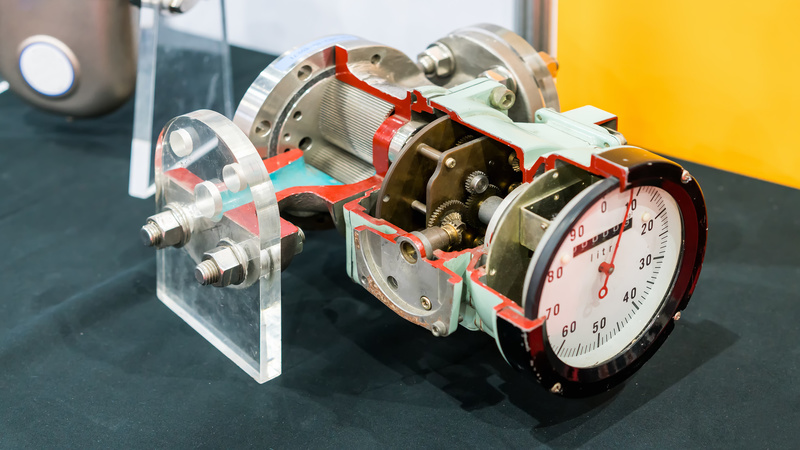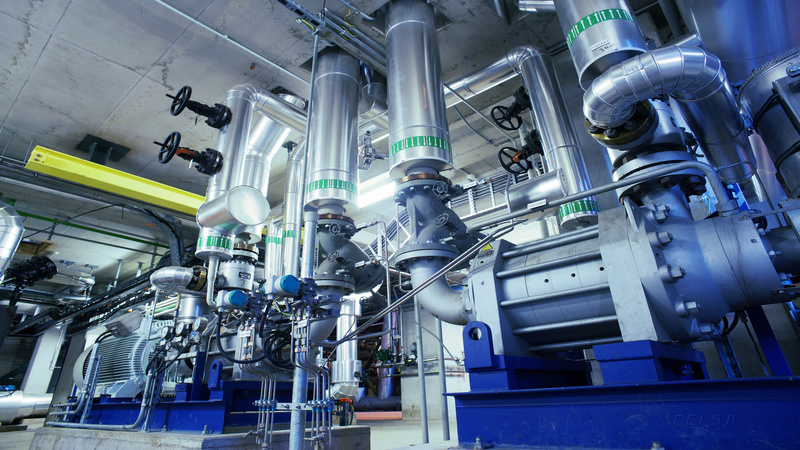Today’s commercial applications employ a wide range of equipment and tools to get the job done. In the food and beverage processing business, stainless steel tube fittings, pipes and tanks are the industry standard. Let’s explore some of the advantages of this sturdy metal and why it is so important to the food industry today.
How is Stainless Steel Made?
Steel is one of the strongest and most cost effective materials you can use today. However, it has one major drawback and that is oxidation. Steel will begin to rust and corrode when it is exposed to moisture. So how is this problem solved? Steel is alloyed with chromium (that shiny metal used to coat auto bumpers and trim) to create stainless steel.
When chromium is added to steel it becomes highly resistant to corrosion. In fact, stainless steel tube fittings and pipes will perform well under all kinds of environments.
The Importance of Hygiene
When you process food or beverages, hygiene is of the utmost importance and this is where stainless steel is superior. It is simple and easy to clean and keep sanitary. In fact, unlike many other metals, it is non-porous. This is an important characteristic because non-porous metals do not allow tiny particles and microscopic organisms to become trapped within. In other words, grease, dirt and many types of contaminants are simply washed away and sterilization is easy.
In addition to hygiene, stainless steel tube fittings and other parts will not attract odors, which can be transferred to other batches of foods or beverages. This produces products without strange tastes or smells.
Cost
Stainless steel is more expensive than other options, but in many cases, there simply are no other options to consider, due to its superiority. This is why it has become the accepted standard for the food industry today.



